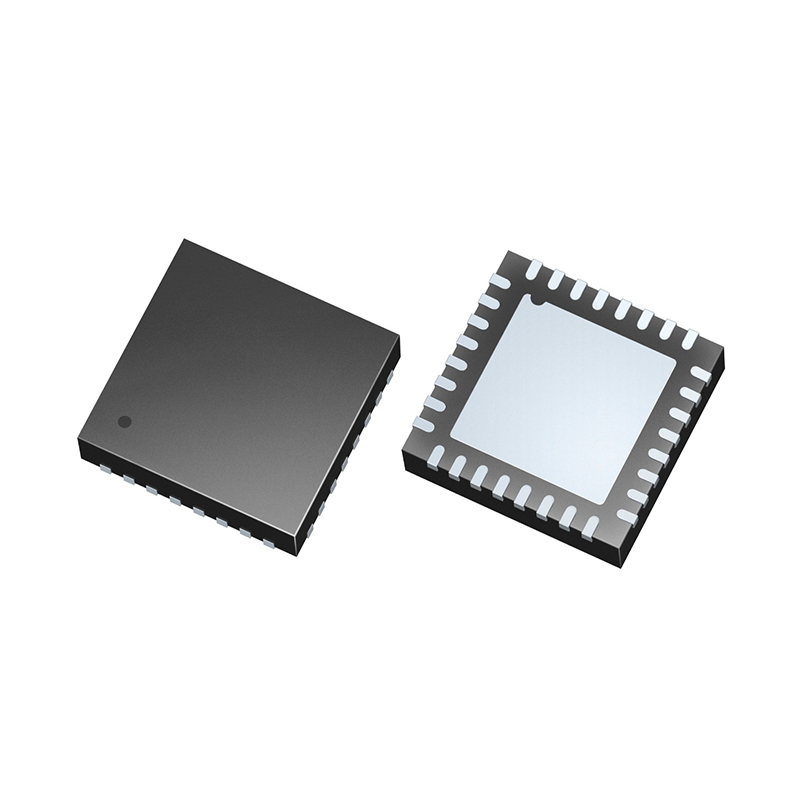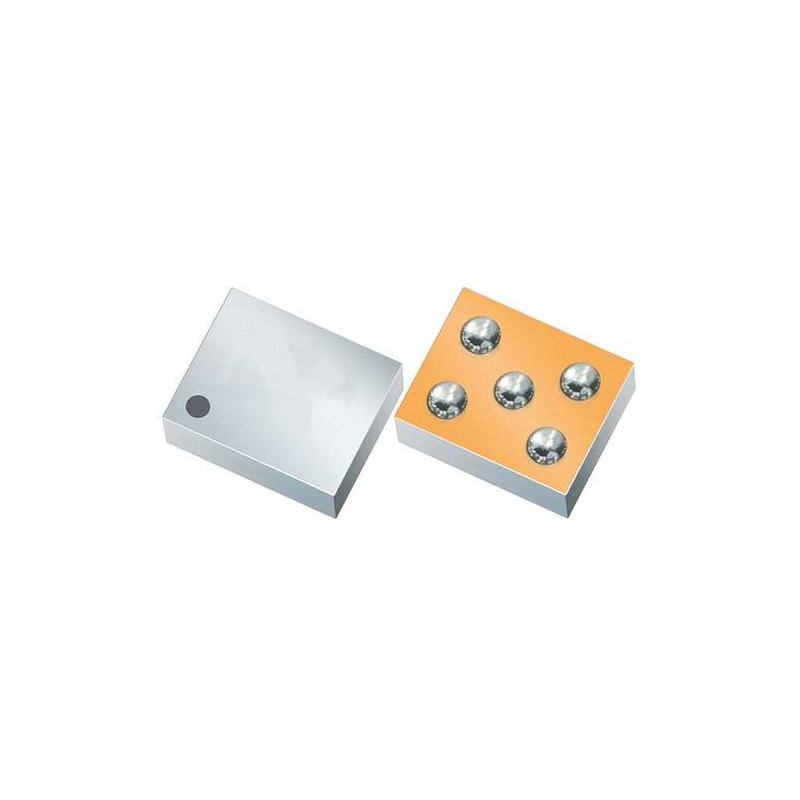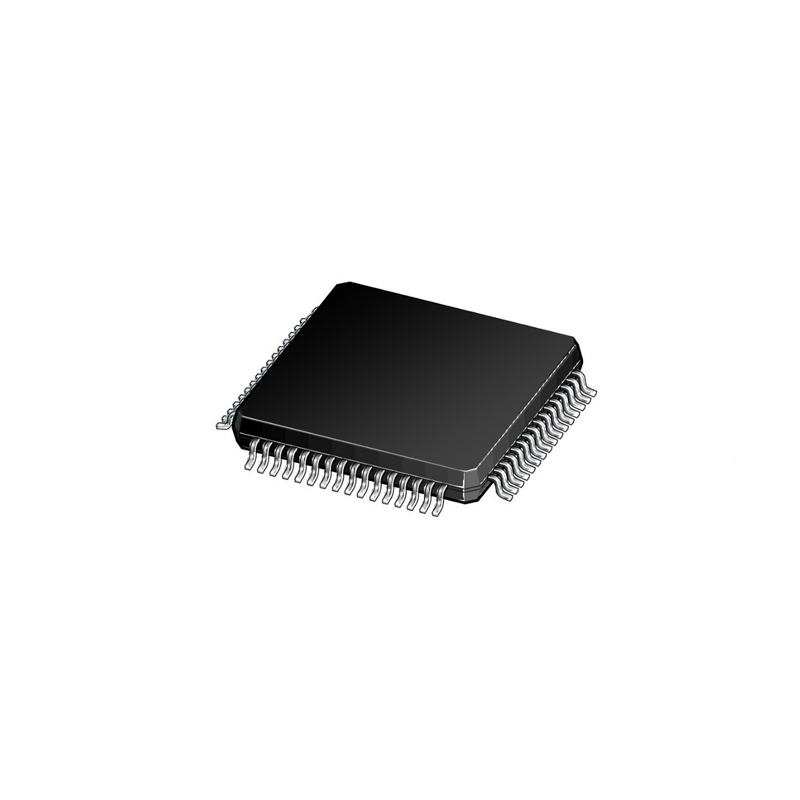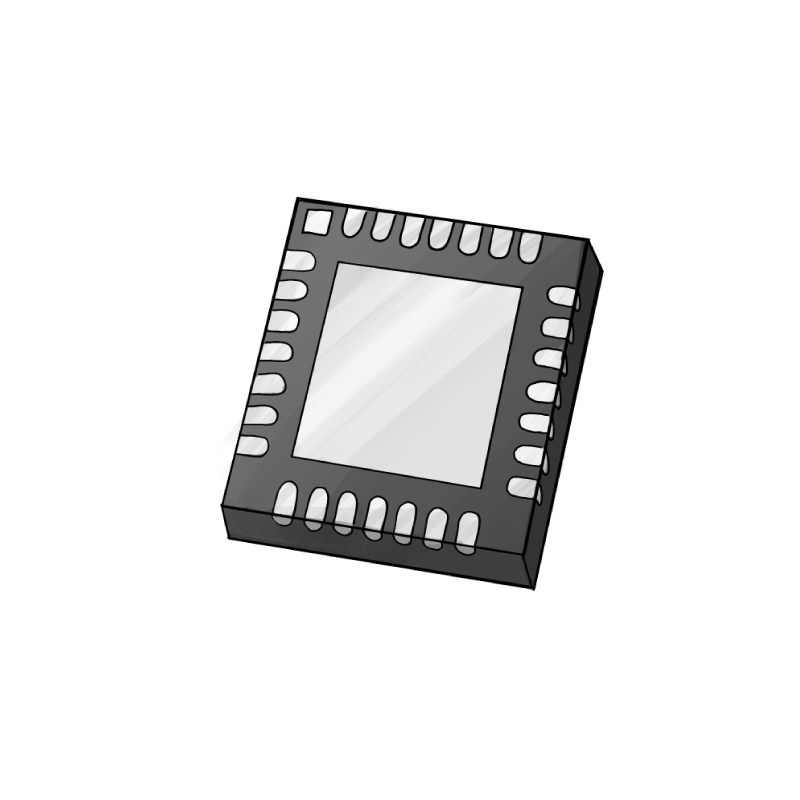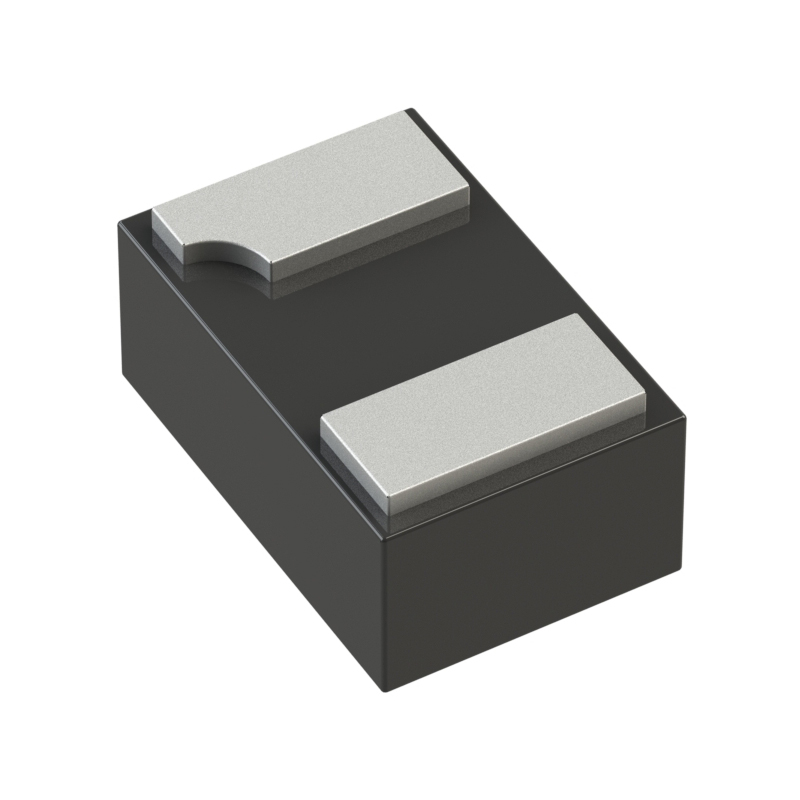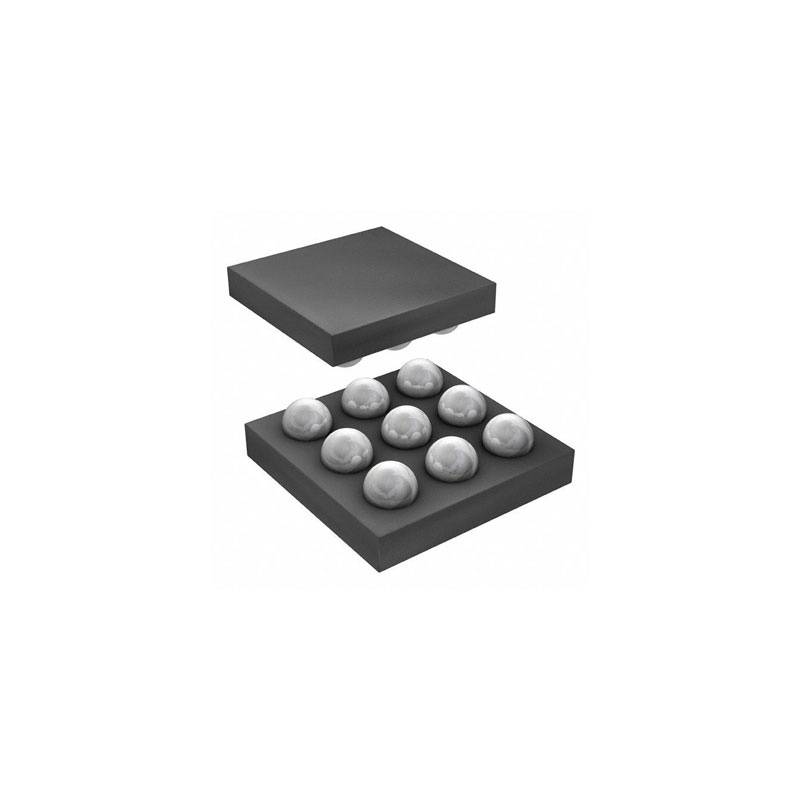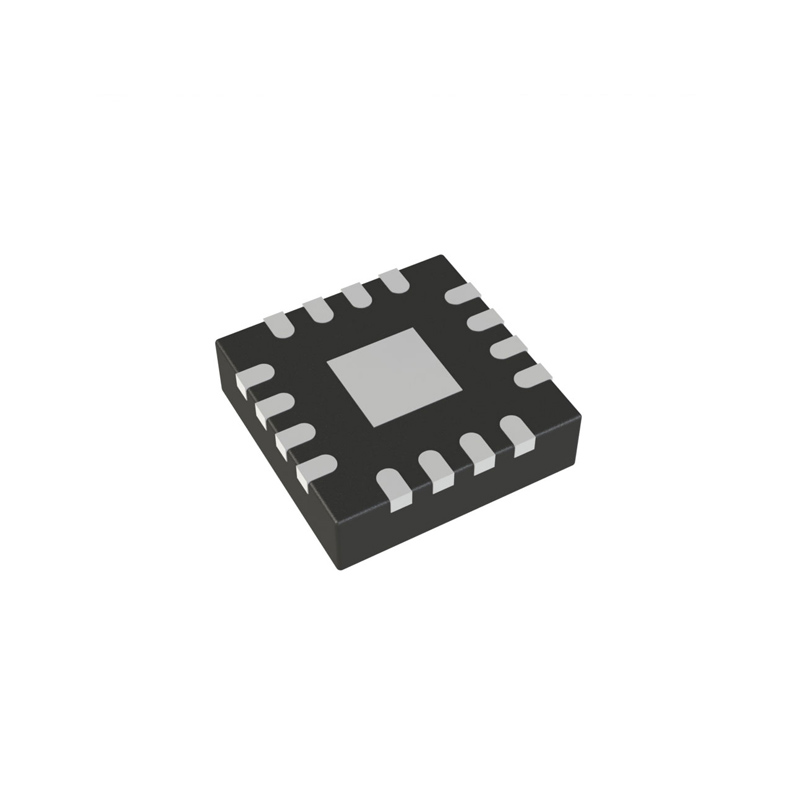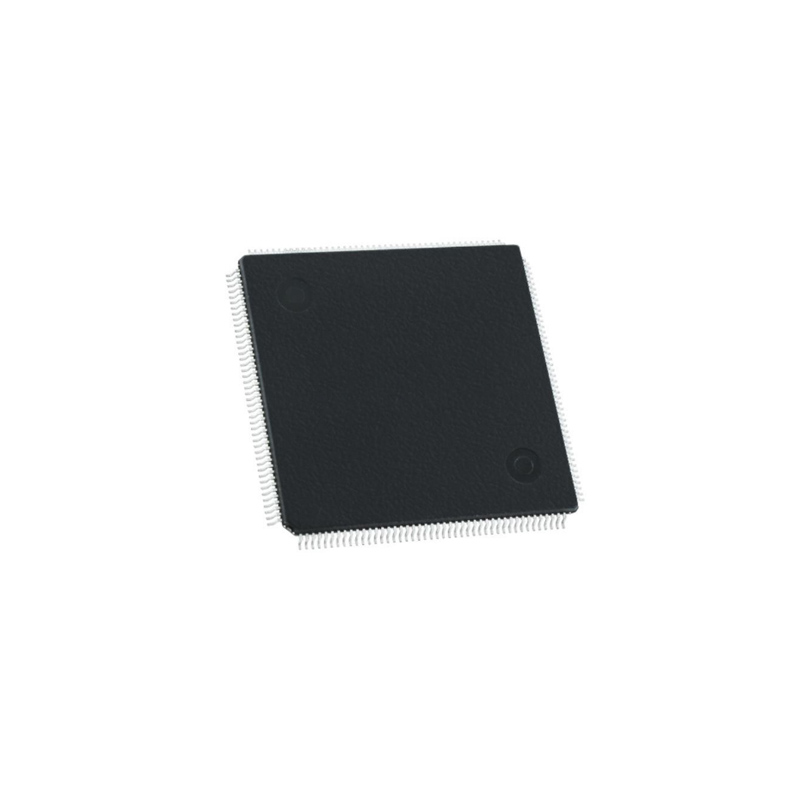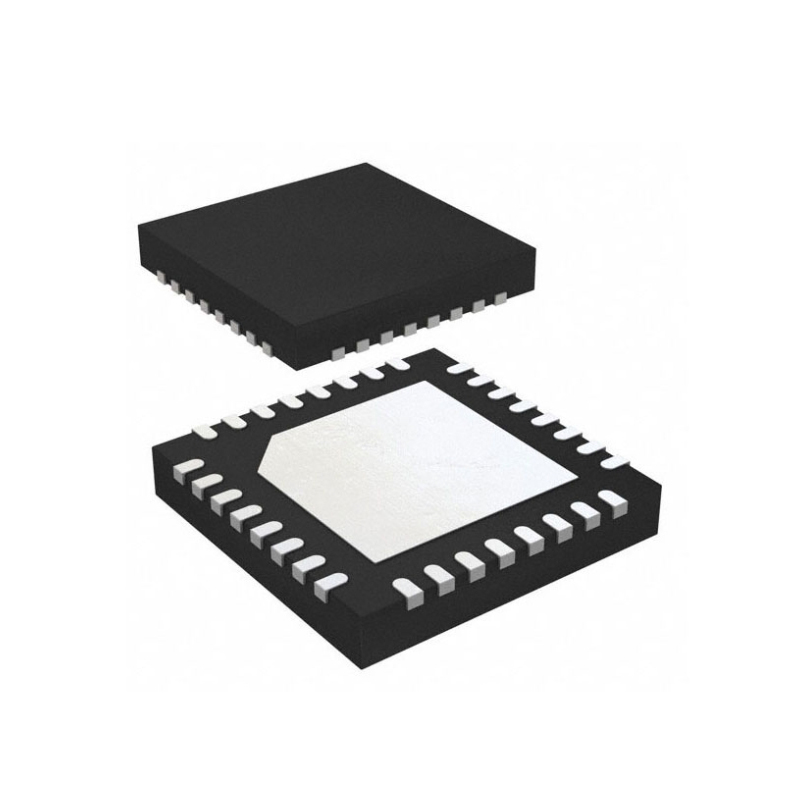Control Techniques for Electric Motors: Optimizing Performance and Efficiency
Update Time: Apr 07, 2023 Readership: 3409
An electric motor is a device used to convert electricity into mechanical energy-not like an electric generator. Most electric motors work via the interaction of the motor magnetic field and electrical current in a wound wire to produce force in the manner of torque supplied on the motor shaft while electrical generator is identical mechanically to an electrical motor but functions with a reversed flow of energy, converting mechanical power to electrical power.
Electric motors can be categorized by concerns such as power supply type, application, construction, and type of movement output. They may be energized by DC or AC, be brushless or brushed, three-phase, two-phase, or single-phase, radial flux or axial, and can be liquid-cooled or air-cooled.
Standardized motors offer appropriate mechanical energy for industrial use. Applications include blowers and pumps, industrial fans, machine tools, power tools, household appliances, disk drives, and vehicles. Small motors can be found in electrical watches. In certain uses, like in regenerative braking in traction motors, electric motors may be utilized in reverse as generators that recover power that may otherwise be lost as friction and heat.
Types of Electric Motors
1.DC Motors
DC (direct current) motors are widely used in various applications, from small toys to large industrial machinery. They convert electrical energy into mechanical energy and use a commutator and brushes to create a rotating magnetic field.
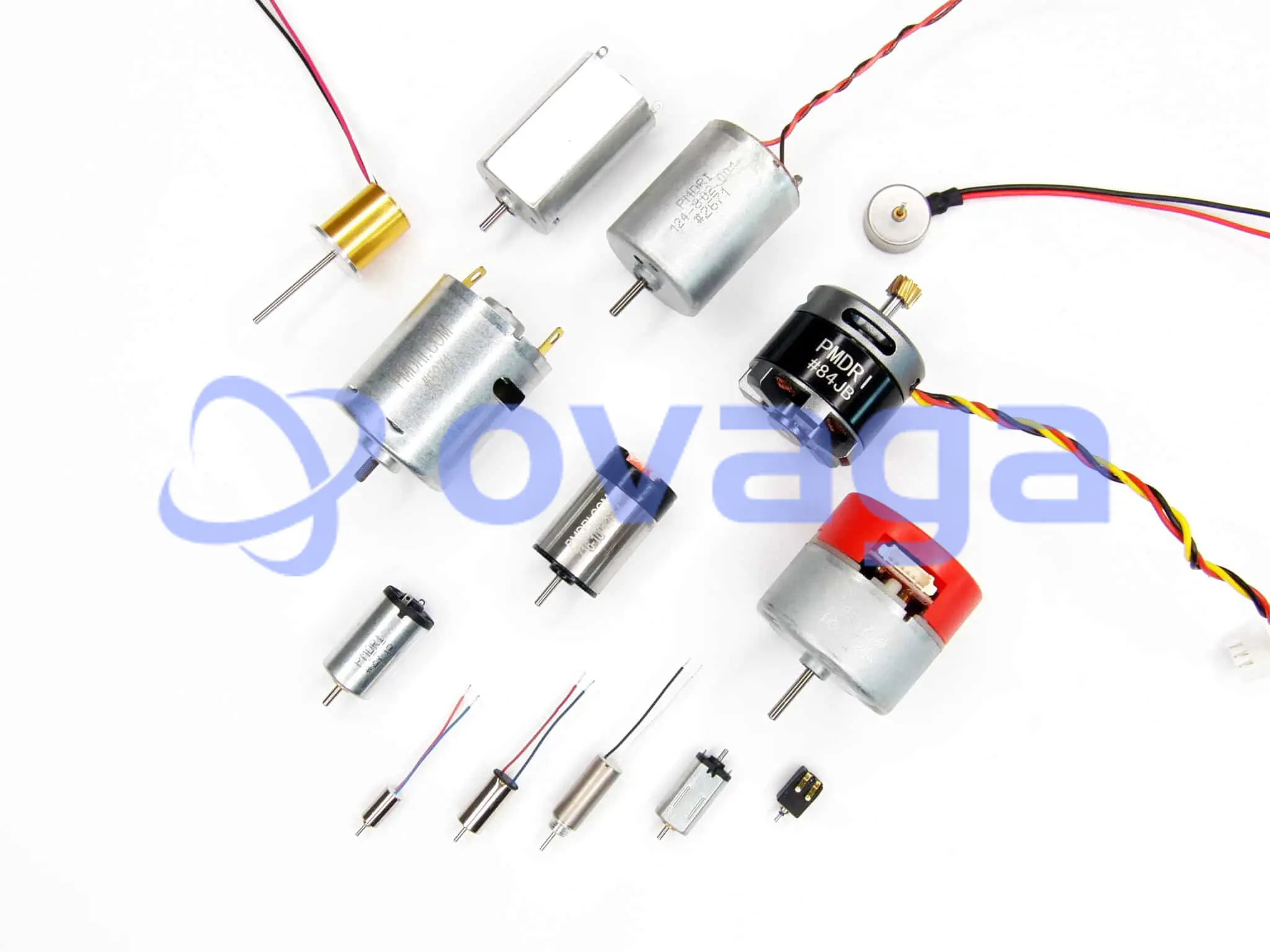
2.AC Motors
AC (alternating current) motors are used in a wide range of applications, including industrial machinery, household appliances, and automobiles. By operating on AC power, electric motors use electromagnetic induction to create a rotating magnetic field.
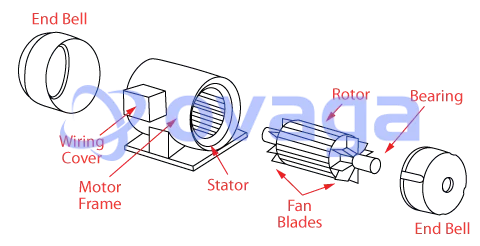
3.Induction Motors
Induction motors are a type of AC motor that is widely used in industrial applications. They use electromagnetic induction to create a rotating magnetic field, which in turn drives the rotor.
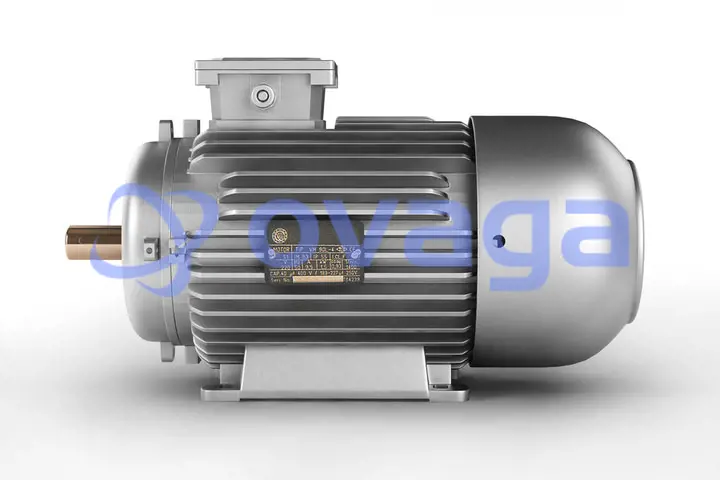
4.Synchronous Motors
Synchronous motors are another type of AC motor that uses a permanent magnet to create a magnetic field. They are often used in applications that require high precision and control.
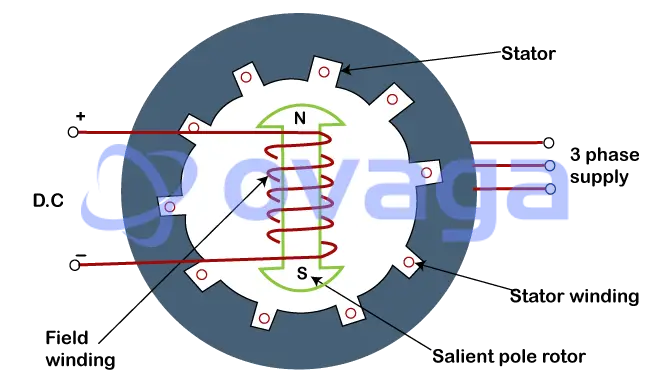
5.Brushless DC Motors
Brushless DC (BLDC) motors are similar to DC motors but do not use brushes or a commutator. They are more efficient and have a longer lifespan than traditional DC motors.
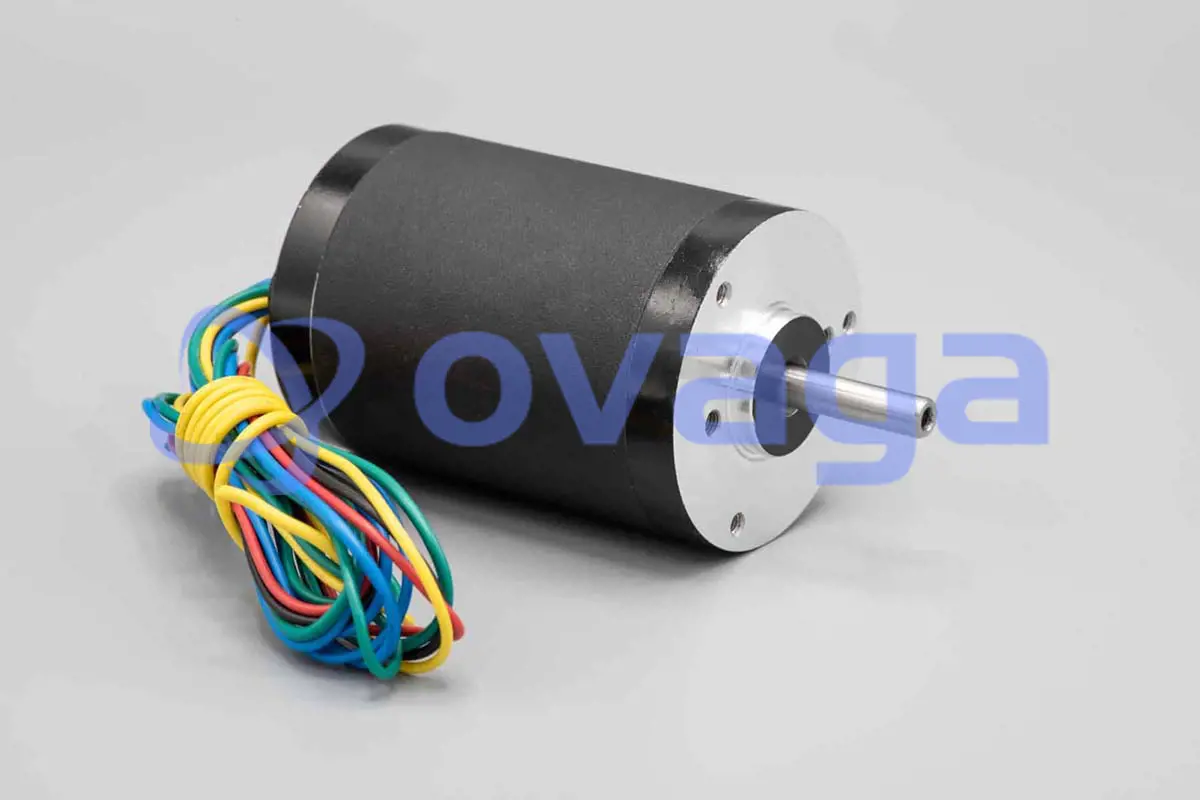
6.Stepper Motors
Stepper motors are used in applications where precise control of motor shaft position is required. They operate by rotating in small, precise steps and are often used in robotics and automation.
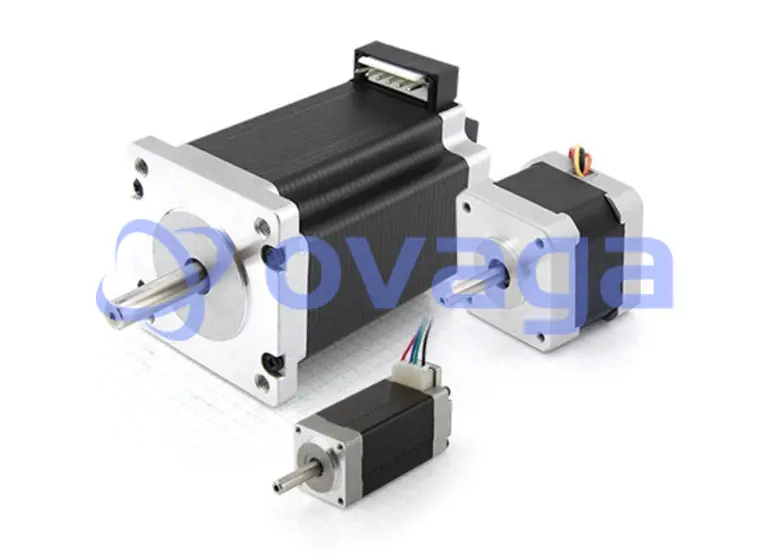
Control techniques used in electronic motors
Variable frequency drive (VFD), also known as an adjustable frequency drive (AFD) is the most widely used control techniques for electric motors. This technology adjusts the motor's speed and torque by varying the frequency and voltage of the electrical input, allowing for precise control and energy savings. VFDs can be used in a wide range of applications, from small motors in HVAC systems to large industrial motors in manufacturing plants.
Servo motors, which are designed for high-precision motion control are used in electric applications, such as robotics and CNC machining. Servo motors use feedback sensors to adjust the motor's position, speed, and torque, allowing for precise and repeatable movements.
Depends on the specific application and performance requirements, electric motors saving energy up t0 98%, and by using the right control technique, operators can optimize motor performance, increase energy efficiency, and reduce maintenance costs, leading to improved productivity and profitability.
Ways to saving energy of electric motors
Variable Speed Drives (VSDs): VSDs allow the speed of an electric motor to be adjusted based on the load requirements. This means that the motor can run at a lower speed when less power is required, reducing energy consumption. VSDs are commonly used in applications such as pumps, fans, and compressors.
Soft Starters: When an electric motor is started, it can draw a large amount of current, which can cause a voltage drop and potentially damage the motor. Soft starters are devices that gradually ramp up the voltage and current to the motor, reducing the initial inrush current and minimizing voltage drops. This reduces energy consumption and prolongs the life of the motor.
Energy-efficient Motors: Energy-efficient motors are designed to operate at a higher level of efficiency than standard motors. They typically use higher quality materials, improved design features, and better manufacturing techniques to reduce energy losses and increase efficiency.
Motor Control Software: Advanced motor control software can optimize the operation of electric motors to reduce energy consumption. For example, the software can adjust the motor speed based on the load requirements, monitor motor performance, and identify opportunities for energy savings.
Summary, the control technology used in electric motors can help to optimize their operation and reduce energy consumption, resulting in lower energy costs and improved environmental sustainability.
Extended Reading
- Exploring the Power and Precision of Brushless Motor Controllers
- How Electric Motors are Changing the Automotive Industry?
- Control Techniques for Electric Motors: Optimizing Performance and Efficiency
- Revolutionizing Electric Mobility: The Synergy of Cyberquad Motor Controller and Tesla's Innovation
 FAQ
FAQ
-
What is the future of electric motors, and how will they continue to evolve and improve over time?
1.More efficient designs: Electric motor designs are expected to become even more efficient over time, resulting in higher power output and reduced energy consumption. 2.Integration with other technologies: Electric motors gain majority of market share that are expected to be integrated with other technologies, such as sensors and advanced control systems, to enable more precise control and more efficient use of energy. 3.Advancements in battery technology: With the development of battery technology, electric motors are more popular in more applications, including long-range electric vehicles, grid-scale energy storage, and even aircraft propulsion. 4.Expansion of renewable energy: As the interest in renewable energy continues to rise, so does the interest in electric motors and they will play an increasingly important role in harnessing and distributing that energy.
-
What is the efficiency of electric motors?
Modern electric motors can have efficiencies of up to 98%, which means that only a small amount of the electrical energy input is lost as heat and other losses. This high efficiency makes electric motors a popular choice for a wide range of applications, from household appliances to industrial machinery, where energy efficiency is important. In addition, the efficiency of electric motors can be further improved through the use of advanced technologies such as variable frequency drives and high-efficiency motor designs.
-
What is the difference between DC motor and electric motor?
A DC motor, also called direct current motor, runs on DC power and has a rotating armature or rotor and a stationary field or stator. The DC power is supplied to the rotor via brushes that make contact with a commutator, which switches the direction of the current in the rotor as it rotates. This creates a magnetic field that interacts with the field from the stator, producing torque that causes the rotor to rotate. An electric motor, however, it is often used to refer specifically to AC motors, which run on alternating current power. AC motors use a different design than DC motors, with a rotating magnetic field created by the interaction of the stator and rotor magnetic fields. This creates a torque that causes the rotor to turn.
-
How does electric motor work?
It works on the principle of electromagnetic induction, which involves the interaction between a magnetic field and an electric current. The basic components of an electric motor include a rotor (the rotating part of the motor), a stator (the stationary part of the motor), and a commutator (a component that allows the motor to reverse direction). When an electric current is passed through the coils of wire in the stator, it creates a magnetic field. The magnetic field interacts with the magnetic field created by the permanent magnets in the rotor, causing the rotor to turn. As the rotor turns, the commutator switches the direction of the current flowing through the coils in the stator, causing the magnetic field to change direction and continue to interact with the rotor's magnetic field, keeping it rotating.
Popular Blogs
-
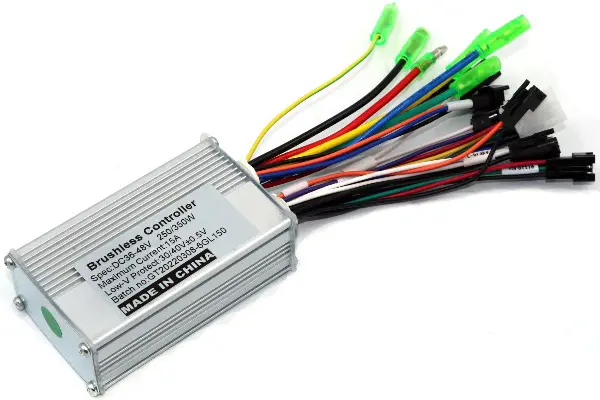
Exploring the Power ...
Brushless motor controllers are advanced electro...
-
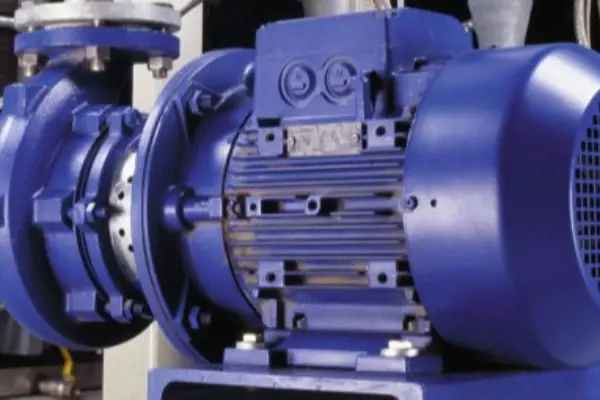
How Electric Motors ...
With rapidly development in technology, electric...
-
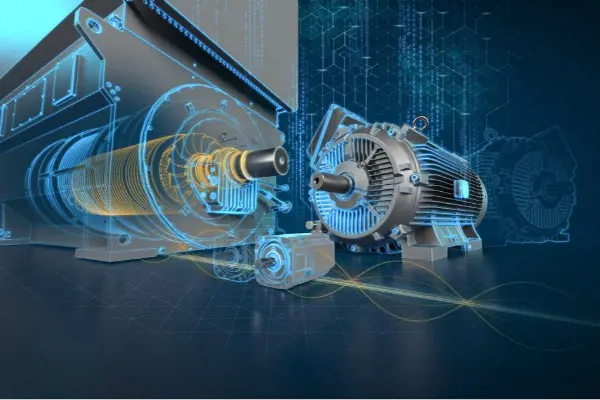
Control Techniques f...
Discover how advanced motor control software, va...
-
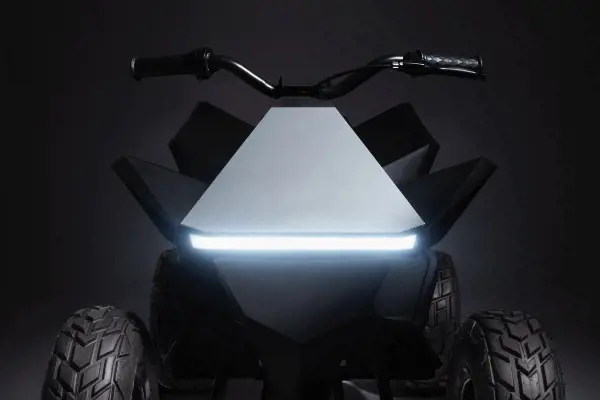
Revolutionizing Elec...
Central to Tesla's success is its relentless pur...





